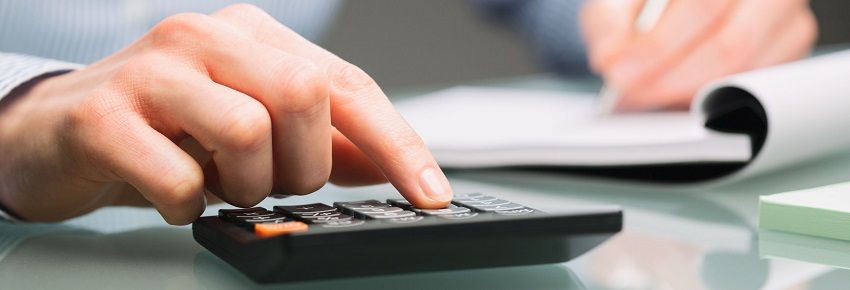compare multiple quotes from Agreed Suppliers
- Save time and money by letting us do the legwork for you
- We will look at the most suitable and competitive providers for you
- Our expert service is 100 % free with no-obligation
- Get the options to make an informed decision and get the best deal
Business banking: What is a borrowing base and how to calculate it
Because the lender needs to know as accurately as possible how solid a business is in order to evaluate the risk of a loan, and the amounts which can be advanced to this business, the lender needs to have a clear idea of how much this business can safely borrow. In order to give the most accurate information to the lender, the business requesting a loan will therefore take great care in compiling its borrowing base certificate, and therefore, to calculate its borrowing base.

Understanding borrowing base and borrowing base certificates
A borrowing base certificate is a document calculating the borrowing base for a given business requesting an asset-based loan.
What is a borrowing base?
Put simply, this metric just represents how much a business can borrow. The sequence is like this: how much collateral businesses can secure determines the borrowing base, which in turns determines how much a lender can lend to this business, and at what rates.
What is a borrowing base certificate?
This is a document or form submitted by the representative of a business requesting an asset-based loan setting forth the calculation of the borrowing base of this business. This document or form therefore shall include and list all components into as many details as possible. If these documents are not directly made by a third party, like an auditor, lenders will often require the document to be certified.
Calculating the borrowing base in 5 steps
This can be done in 5 steps: inventory valuation, equipment valuation, accounts receivable valuation, checking the discount rate, and finally going from collateral amount to the end result.
Inventory valuation
The key for this step is to value the inventory, not based on what the business paid to accumulate it, but based on what’s it’s really worth at the time of valuation. This is like calculating how much a business would get if it were to sell all its inventory immediately.
Equipment valuation
Similar care should be taken when valuing the company’s equipment. Depreciation should be factored in as equipment such as machinery, tools and vehicles must be valued at cost value, not retail prices.
Accounts receivable valuation
This is about adding up all the amounts owed to the company by its customers, based on unpaid outstanding invoice or credit on sold products.
Checking the discount rate
The discount rate is what fraction of the collateral will actually be lent by the lender - you’ll never get 100% of the collateral, sometime you may just get 50% or even lower, if the lender believes there is a high level of risk.
From collateral amount to the end result
After you have calculated how much the total value of accounts receivables, equipment and inventory amounts to, you have the amount of the collateral. After you have multiplied this amount by the discount rate, you get the borrowing base.



